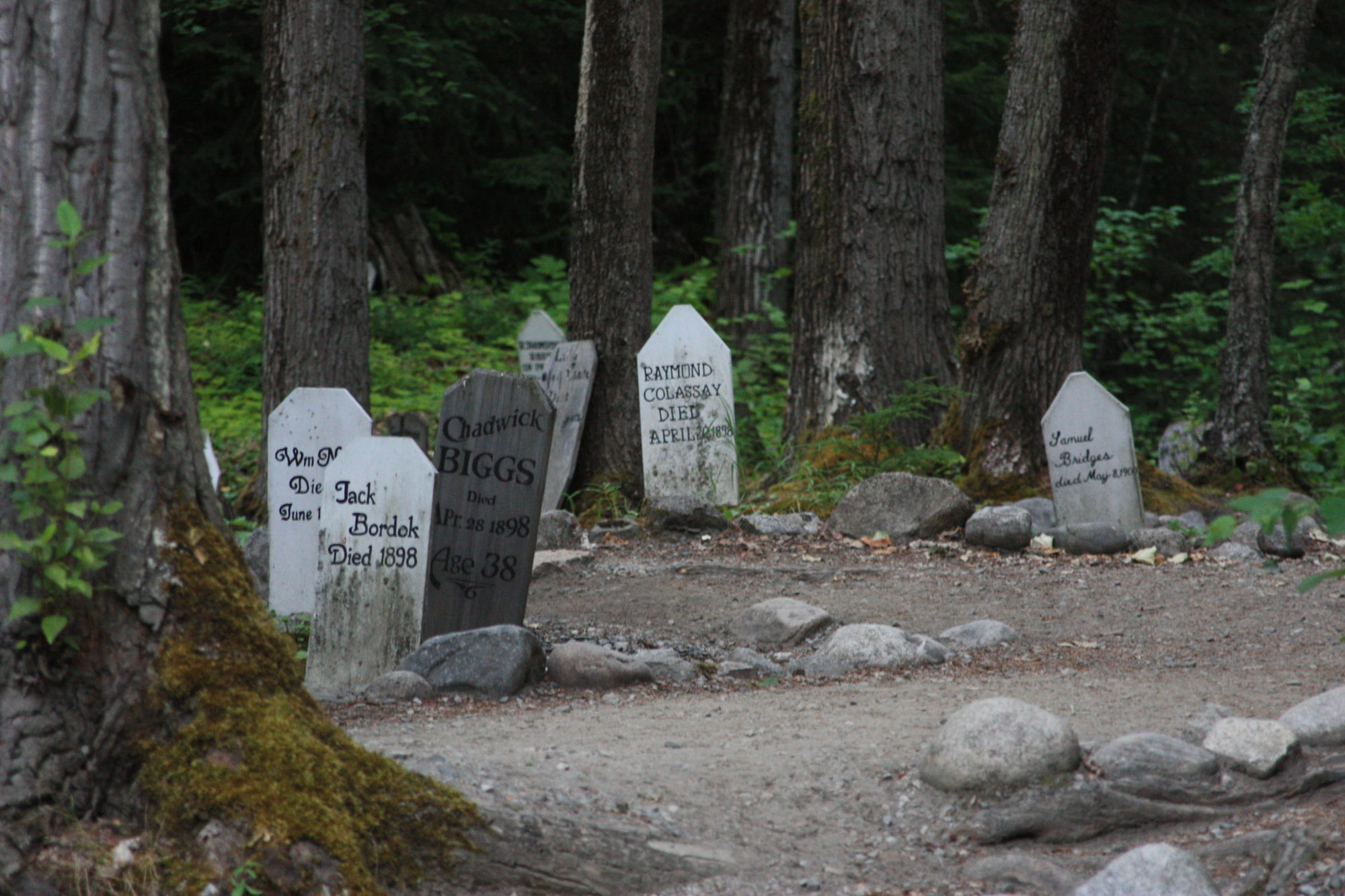William Ridley was born on this day, July 22, 1836 in Devonshire, England.
In 1896 Bishop Ridley (of the Anglican Diocese of Caledonia – the area of Northern British Columbia, Canada) arrived after his travels up the Stikine River with the first miners on their way to the Klondyke. After he returned he looked for someone to carry out missionary work with the miners and Tahltans. Ridley translated the catechism into the Tsimshian language, in collaboration Odille Morison, a Tsimshian. This became the so-called “Ridley orthography,” the language’s first practical spelling system.
Previous to coming to the Klondyke he had been working in India. He was Bishop of Lake Bennett, Tagish, and Carcross 1898, but retired to England where he died in 1911.
Ridley Island, now an industrial site near Prince Rupert, British Columbia, is named for him, as are numerous Tsimshian extended families with the Ridley surname in Metlakatla, Alaska, and in Hartley Bay and Kitkatla, British Columbia.
Yukon genealogy; “From sea to sea the Dominion” by Tucker; Wikipedia









